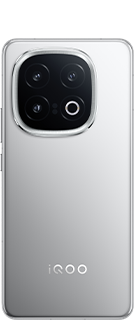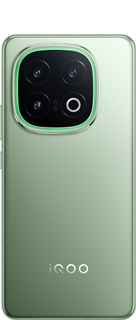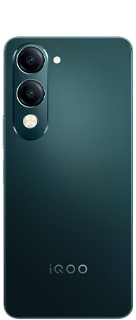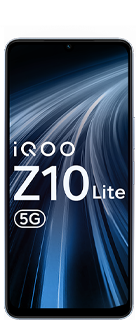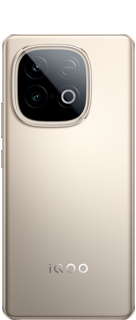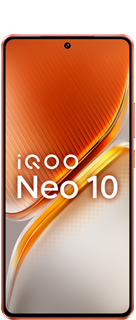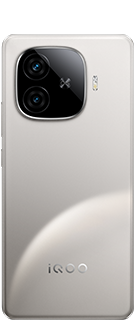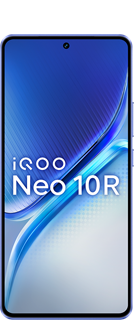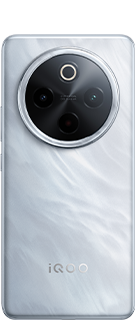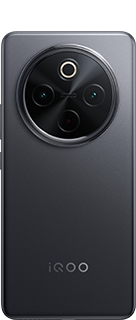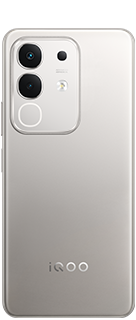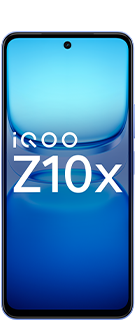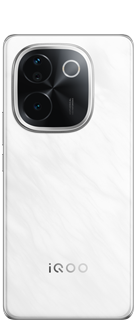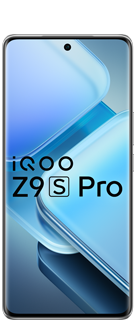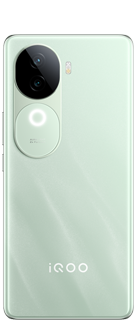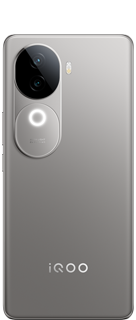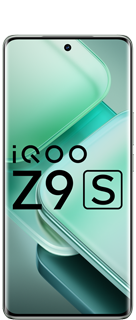What Is LTPO? Is It Better Than AMOLED?

As all of you know Smartphone display technology hasn't changed for a while. However, with the advent of high refresh rates, we now get a chance to experience a smoother scrolling experience than ever before. But, your smartphone refreshing 90 times or even 120 times per second can take a hard toll on your battery life. That's where LTPO display technology comes in.
What Is LTPO?
LTPO stands for low-temperature polycrystalline oxide. However, the full name doesn't reveal much about the technology. LTPO is a backplane technology for OLED displays that allows displays to change the refresh rate dynamically depending on various conditions. Conditions, in this case, refer to what the user is doing.
What does LTPO Display really do?
For instance, if you're playing a highly intensive game like Call of Duty Mobile, your screen needs to keep up with the rapid motions. In that case, an LTPO display will crank the refresh rate up to meet your needs. When you stop gaming and start doing the usual mundane things like scrolling through social media, you don't need higher refresh rates. The display will therefore reduce the refresh rate.

How Do LTPO Displays Dynamically Adjust Refresh Rates?
Typical AMOLED displays use low-temperature polycrystalline silicon (LTPS) in the thin film transistors (TFTs), which make up the display's backplane. On the other hand, LTPO AMOLED panels use a combination of LTPS TFTs to take care of switching circuits and a different material for driving the display. This is what enables LTPO panels to vary the refresh rate dynamically.
Is LTPO Better Than AMOLED?
In short, LTPO AMOLED panels are better than AMOLED. When shopping for a flagship phone, you'll notice that some have AMOLED displays while others have LTPO AMOLED displays. It isn't the same thing.
Although AMOLED panels are more power-efficient than their LCD counterparts, slapping a high refresh rate on top takes a toll on their efficiency. LTPO is an improvement to this, and it allows AMOLED panels to use high refresh rates and still be power efficient.
Conclusion
That's all well and good, but it does come at a cost. In 2022, LTPO AMOLED displays still live in the premium segment of the smartphone market. However, as with all other newer technologies, it should trickle down to the rest of the market with time.
Please sign in
Login and share

